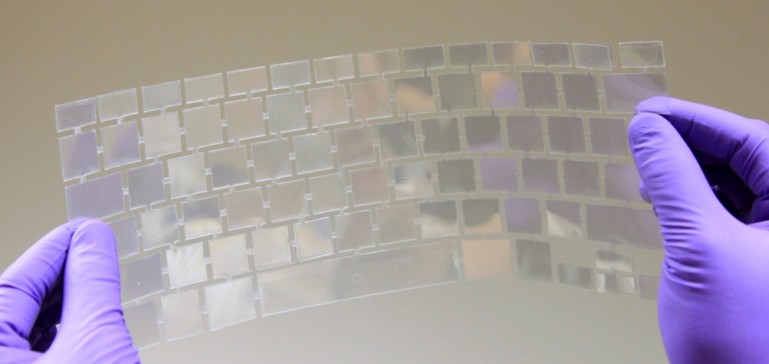Sections
Keyboard is an input device used in computer system. We started the use of keyboards hundreds of years ago. It is the most convenient tool for user-machine interface and information interchanging. In conventional computer keyboards, the information is recorded when the user press a key and thus a mechanical contact is formed, this identifies each keys. But smart keyboards record each letter by checking users typing styles such as the force applied to each key press and the time duration between each key press. These pressing pattern styles are different for each individual. Thus smart keyboard can use for authentication purpose. These keyboards are dirt and water resistant devices and power itself by harvesting the static electricity on our finger tips. This generated electricity can be used to charge small portable electronic devices or to power a transmitter to make the keyboard wireless.

The keyboard has its own processor and circuitry system. The main part of the keyboard is a key matrix. It is a collection of circuits under the keyboard. Most keyboards are operates on mechanical switches. It has only two states, pressed and un pressed. In normal case the circuit is broken at a specific point under each key, this make the circuit incomplete. When you press a key, the broken circuit get connected and it completes the circuit. Thus the processor can determine the key pressed and identify the key. After pressing a key a small amount of current will flow through the circuit. The processor identifies the current flow and determines the position of key from key matrix, then send the information to the computer.
Smart keyboards can easily identify the users by analysing their unique pressing styles such as force applied to each key and time duration between each key press. It consists of 4 layers of transparent film staked on top of each other. Two layers of indium tin oxide (ITO) act as the top and bottom electrodes and it is separated by a layer of PET plastic. On the top of electrodes, a layer of FEP ( Fluorinated ethylene propylene) plastic is placed. PET plastic harvests the static charges from our skin when we touch the key and produce electricity via the tribo electric effect.
The operation of keyboard is based on coupling between contact electrification and electrostatic induction. When the finger tip comes in contact with the FEP, charge will be generated and is given at the contact, this will then inject electrons from skin into material therby creating a charge.

When finger moves, negative charges on FEP side will induce positive charge on top of the ITO electrode, and negative charge on the bottom ITO electrode. Consecutive pressing of keys produce a periodic electrical field that drives flows of electrons between the ITO electrodes. These generated charges remain on the FEP surface for an extended period of time. This generated electricity can be used to charge small portable electronic devices or to power a transmitter to make the keyboard wireless.
The smart keyboard can be competitive with existing normal computer keyboards, in both cost and durability. The new device is made on inexpensive materials that are widely used in the electronic industry. Normally passwords have been used for providing security in digital devices. But it can be easily stolen. Smart keyboards provide an additional level of security by identifying the individual users.
Sections